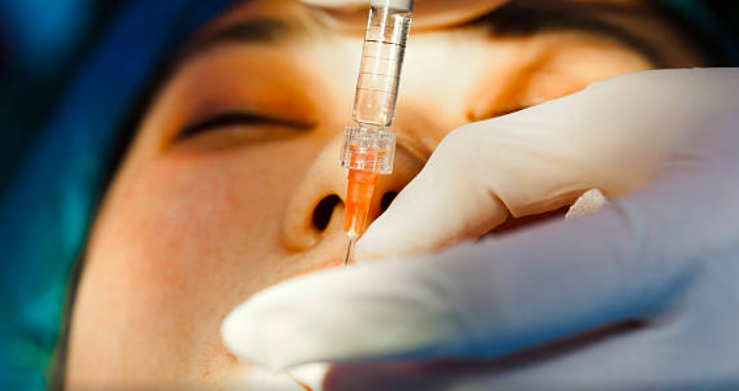
Hyaluronic acid, this gel composed of an assembly of sugar molecules, is a natural component of our body. It plays a supporting role in our tissues, and retains water there, as a sponge would do. But unfortunately it tends to disappear with age; at 50, we already have about 40% less than in our twenties. And this rarefaction leads to sagging and hollowing of the face.
Focus on the injection of hyaluronic acid with Doctor Bergeret-Galley, Plastic surgeon in Paris.
By injecting small amounts of hyaluronic acid under the skin, it gives volume to the face and fills in wrinkles. The approach is different from that of botulinum toxin (like Botox), another substance widely used to fight against aging of the face, which paralyzes muscles. Botulinum toxin is rather used to treat upper facial wrinkles, while hyaluronic acid gels are used to restore its forms, especially those of the cheekbones and cheeks.
Hyaluronic acid is obtained by bacterial fermentation. The gel then comes in a very liquid form, which quickly disappears if injected as it is. This is why, to increase the life of the product, we add a "crosslinking agent", in fact a chemical molecule that stabilizes the gel. Finally, it is purified, before being sterilized and packaged.
Even if it is stabilized, the hyaluronic acid is gradually degraded by the body after injection. Its effect disappears after six months to a year, or even a year and a half with the most recent and expensive products. The treatment must therefore be repeated regularly. But the fact that these gels are absorbable is also reassuring for patients. Indeed, the use of certain permanent wrinkle fillers has sometimes been accompanied in the past by severe allergic reactions. No allergies to hyaluronic acid have been documented so far.
So is the method so safe? Yes, if we take certain precautions.
